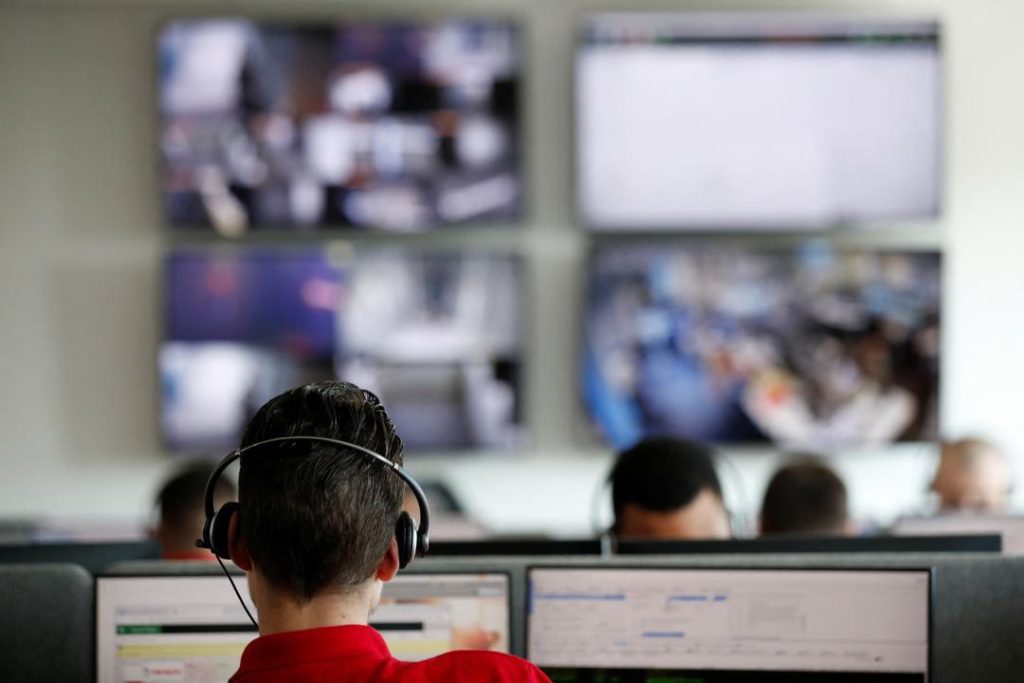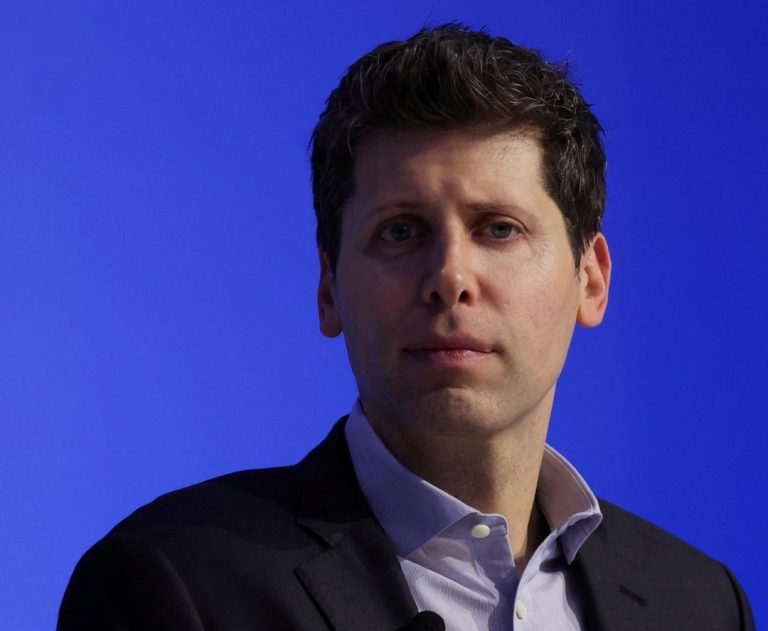
Indian CEO claims AI exposed staffer’s side job, says ‘WFH isn’t 1-hr work for 8-hr pay’
In an astonishing revelation, Ramanuj Mukherjee, the CEO of an Indian firm, has claimed that he used Artificial Intelligence (AI) to track the work of an employee suspected of moonlighting. The employee, who was missing targets by a whopping 70% in February and March, was eventually caught red-handed, and the CEO believes that the company’s work culture is to blame.
Mukherjee took to social media to share the shocking story, highlighting the need for a change in the way companies approach remote work. “Work-from-home doesn’t mean you work for one hour but claim salary for eight hours,” he emphasized.
The incident has sparked widespread debate about the challenges of remote work, employee productivity, and the role of AI in monitoring staff performance. In this blog post, we’ll delve deeper into the story, exploring the implications of AI in the workplace and the need for a more nuanced approach to remote work.
According to Mukherjee, the employee in question was tasked with working from home due to the ongoing COVID-19 pandemic. However, instead of putting in the required hours, the employee was allegedly working on a side job, which significantly impacted their performance.
Mukherjee claims that he used AI-powered tools to monitor the employee’s work habits, which revealed a stark contrast between their claimed productivity and actual output. The CEO believes that this is a common problem in many companies, where employees are taking advantage of the flexibility offered by remote work to pursue other interests.
The situation came to a head when the employee was confronted with evidence of their moonlighting, which led to a heated argument and eventually, their resignation. Mukherjee described the employee’s reaction as “rage-filled,” stating that they accused the company of having a “toxic” work culture.
While some may view Mukherjee’s actions as an overreach, others see it as a necessary step to ensure accountability and productivity in the remote work era. With the rise of AI-powered tools, companies are increasingly able to monitor employee activity, making it easier to detect and address issues like moonlighting.
In fact, a recent survey by Gartner found that 70% of employers plan to use AI-powered tools to monitor employee behavior, citing improved productivity and reduced turnover as key benefits.
However, there are also concerns about the impact of AI on employee privacy and the potential for misuse. As AI becomes more pervasive in the workplace, it’s essential for companies to strike a balance between monitoring productivity and respecting employee autonomy.
In the case of Mukherjee’s employee, it’s clear that the use of AI was justified, given the significant impact on their performance. However, the incident also highlights the need for companies to provide clear guidelines and expectations for remote work, as well as ongoing training and support to help employees stay productive and engaged.
Moreover, the incident underscores the importance of addressing the root causes of moonlighting, such as burnout, lack of challenge, and poor work-life balance. By focusing on employee well-being and job satisfaction, companies can reduce the likelihood of employees seeking side jobs and increase overall productivity.
In conclusion, Mukherjee’s claim that AI exposed an employee’s side job serves as a wake-up call for companies to rethink their approach to remote work. While AI can be a powerful tool for monitoring productivity, it’s essential to use it in conjunction with other strategies to promote employee engagement, well-being, and job satisfaction.
As the world of work continues to evolve, it’s crucial for companies to adopt a more nuanced approach to remote work, one that balances flexibility with accountability, and trust with transparency. By doing so, we can create a more productive, efficient, and fulfilling work environment for all.






